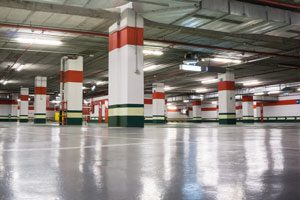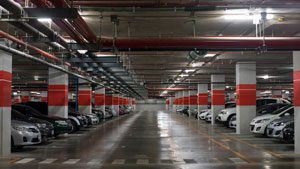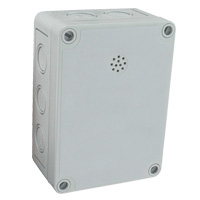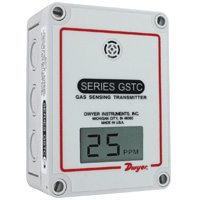Intelligent Exhaust: Controlling Exhaust Ventilation in Parking Garages and Loading Docks
Intelligent Exhaust: Controlling Exhaust Ventilation in Parking Garages and Loading Docks
As cities around the world continue to grow, the need to fit more parking and loading dock capacity into smaller spaces is essential for new municipal and commercial building plans. For personal vehicles, many designers turn to enclosed parking garages to fit as many vehicles in as small a space as possible, or to mixed-use structures that combine a parking garage with work or living space in one building. For commercial traffic, loading dock operators are designing docks and material handling systems to service shipping vehicles as quickly as possible.

While these solutions are convenient for drivers and reduce costs in the shipping industry, an increasing vehicle density also increases exhaust gas concentration. Carbon monoxide (CO) and nitrogen dioxide (NO2) emissions from gasoline and diesel engines are hazardous to human health and reduce worker productivity. Managing the concentration of these fumes is essential. As traffic density increases, the effectiveness of fume removal monitoring and removal systems is becoming more important.

To handle increased emission loads while controlling cost, designers are adopting networked building automation systems. These systems use distributed sensors to monitor exhaust concentration, and a central control unit to operate the air switching dampers and fans. Instead of operating the entire system when a sensor measures a high exhaust concentration, the control unit intelligently handles zones of the system. In some cases, this is narrowed down further to specific individual fan/damper combinations. This intelligent control reduces the run time of the air switching system, while maintaining acceptable levels of CO and NO2 concentration in all zones of the parking structure. These systems offer considerable cost savings over the lifetime of a parking structure or loading dock by reducing consumed energy, minimizing the required runtime of a system, and monitoring the status of system components to optimize maintenance schedules.
While the long-term cost savings of intelligent exhaust management systems are significant, installation cost is higher than on traditional systems. To minimize sensor cost and setup time, Dwyer offers combination CO/NO2 transmitters in all industry standard outputs. The Series GSTA is a low-cost, wall mount unit with universal voltage and current outputs. Built-in LCD displays are available for local monitoring and troubleshooting. In addition, a remote LCD display is available for low cost, local readings during installation or system maintenance.


For building automation systems (BAS) using digital communication protocols, the Series GSTC comes with field selectable BACnet MS/TP, MODBUS® RTU, and MODBUS® ASCII communication. Local and service LCD displays are also available. Both series have a typical sensor lifetime of four years, with optional field replaceable CO and NO2 sensors for maximum cost savings.
Exhaust fume management in BAS is driven by the need to reduce costs while providing safe, comfortable environments. Dwyer Carbon Monoxide/Nitrogen Dioxide Gas Transmitters offer an industry leading combination of features and pricing.
